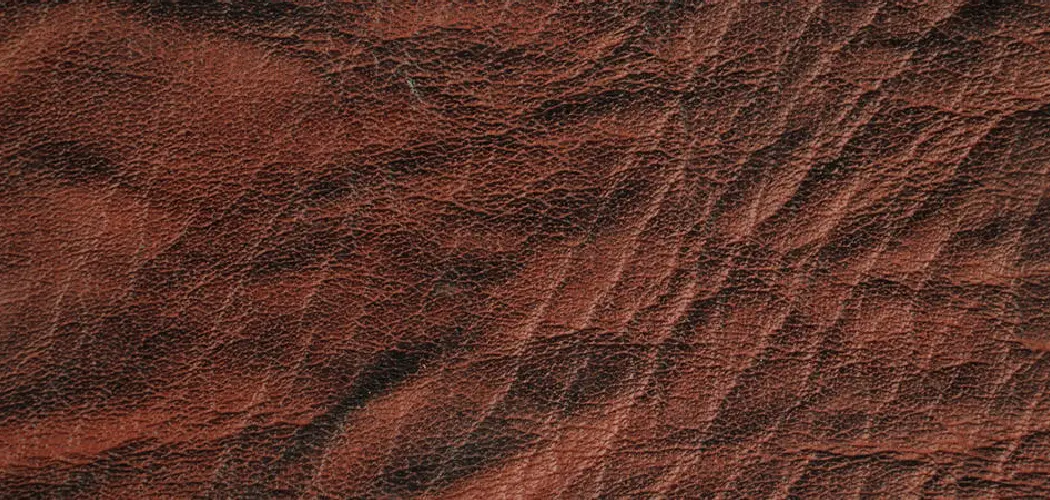Leather bags are a timeless accessory, known for their durability and classic appeal. However, without proper care, even the most luxurious leather can become dry and cracked, diminishing its beauty and lifespan. Whether it’s exposure to harsh weather, lack of moisture, or simply the passage of time, understanding how to care for your leather bag is essential to maintaining its pristine condition.
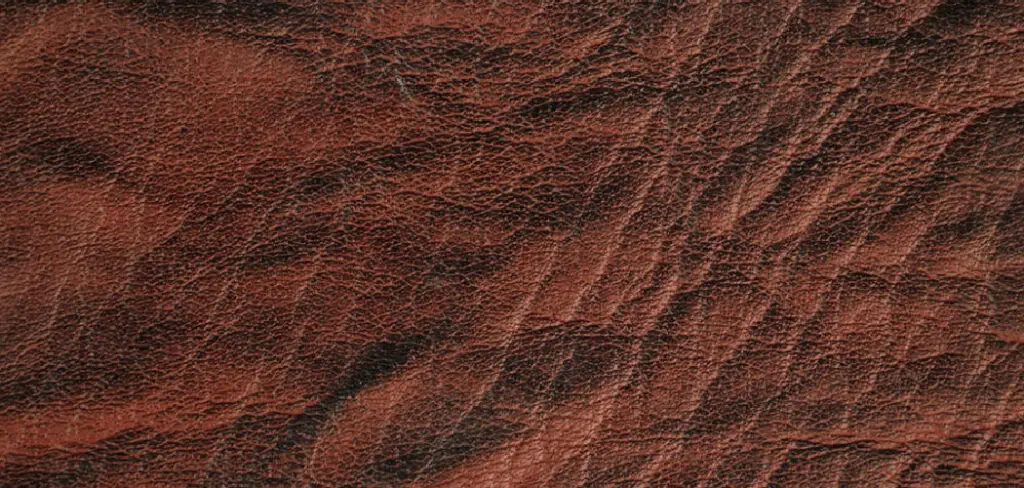
In this guide on how to stop leather bag from cracking, we’ll explore effective methods to prevent cracking and ensure that your leather bag continues to make a stylish statement for years to come.
Things to Consider Before Starting
- Different types of leather require different care methods. It’s important to identify the type of leather your bag is made from and research specific care instructions for that material.
- Preventive measures are key in avoiding cracking. Regular maintenance and care will go a long way in preserving the quality of your leather bag.
- The sooner you begin taking care of your leather bag, the better. Delaying treatment can lead to further damage and may be more difficult to repair.
10 Simple Step-by-step Guidelines on How to Stop Leather Bag From Cracking
Step 1: Clean Your Leather Bag
Begin by gently cleaning your leather bag to remove any dust, dirt, or grime that has accumulated on the surface. Use a soft, dry cloth to wipe down the exterior and interior of the bag. If necessary, lightly dampen the cloth with water or a leather-specific cleaner, but avoid soaking the leather to prevent damage.
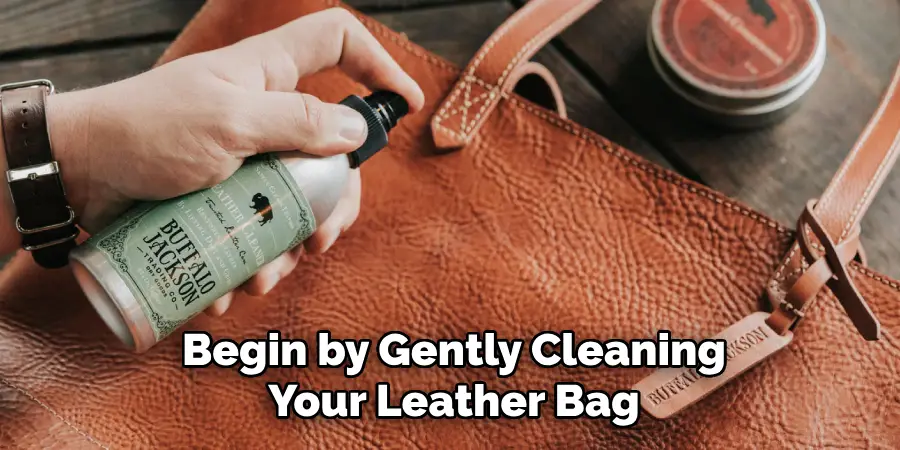
Make sure to follow the manufacturer’s instructions for any products you use. Regular cleaning not only keeps your bag looking its best but also prepares the leather for conditioning, allowing treatments to penetrate more effectively.
Step 2: Identify Any Existing Cracks
After cleaning your leather bag, take a moment to closely examine its surface for any signs of existing cracks or damage. Use good lighting to inspect the leather thoroughly, checking for both visible cracks and any areas that feel unusually dry or rough to the touch. Identifying these spots early is crucial, as it allows you to focus your repair efforts more effectively.
Small cracks can often be treated and prevented from worsening, while more significant damage might require professional attention. Understanding the extent of the damage helps guide the next steps in your leather maintenance routine.
Step 3: Condition Your Leather Bag
Conditioning is a vital step in preserving the health of your leather bag. It helps to keep the leather soft, supple, and moisturized, preventing it from drying out and cracking. Use a high-quality leather conditioner suitable for your specific type of leather and follow the manufacturer’s instructions carefully.
Apply the conditioner evenly over the entire surface of the bag, paying extra attention to any areas that are prone to cracking or have existing damage. Let it sit for at least 30 minutes or as directed on the product label before wiping off any excess with a clean cloth. Conditioning should be done regularly, approximately every two months, for best results.
Step 4: Protect Your Bag from Water
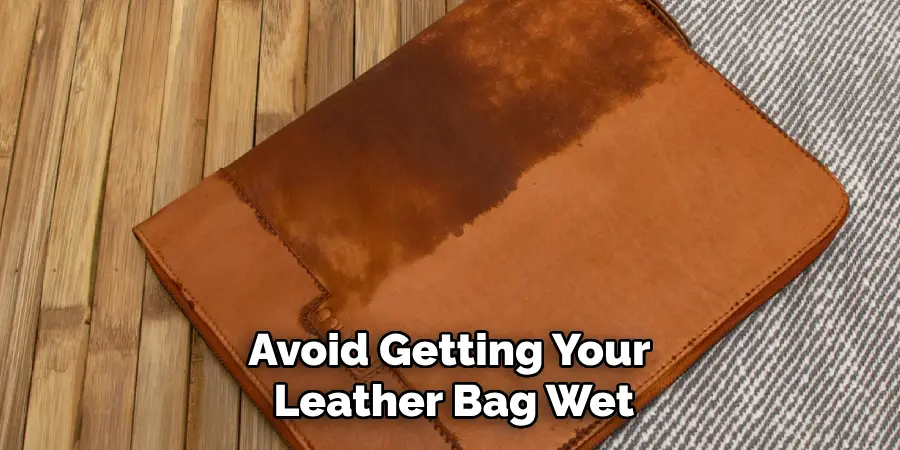
Water is a common culprit for causing leather to dry out and crack. Avoid getting your leather bag wet whenever possible, especially in heavy rain or snow. If your bag does get wet, gently pat it dry with a soft cloth and let it air dry naturally away from direct heat sources.
For added protection, you can also apply a water-repellent spray specifically designed for leather before exposing it to potential moisture.
Step 5: Store Your Leather Bag Properly
How you store your leather bag is just as essential as how you care for it. When not in use, keep your bag in a cool, dry place away from direct sunlight. Avoid storing it in plastic bags or containers, which can trap moisture and cause the leather to crack. Instead, opt for a breathable dust bag or pillowcase to protect your bag from dust and other potential contaminants.
It’s also important to store your bag in a way that prevents any heavy objects from pressing against it, which can cause indentations and creases.
Step 6: Avoid Extreme Temperatures
Exposure to extreme temperatures can cause leather to dry out and become brittle, leading to cracking. Try not to leave your bag in excessively hot or cold environments, such as a car on a sunny day or near heaters during the winter. If you must leave your bag in these conditions, make sure it is protected with a breathable cover.
The ideal temperature for leather storage is between 60-70 degrees Fahrenheit (15-21 degrees Celsius).
Step 7: Use Leather Oil
For more stubborn cracks and dry patches on your leather bag, you may need to use a leather oil treatment. Leather oil penetrates deep into the leather fibers, restoring moisture and flexibility to the material. Apply a small amount of oil to a soft cloth and rub it gently over the affected areas. Let it sit for a few hours before wiping off any excess.
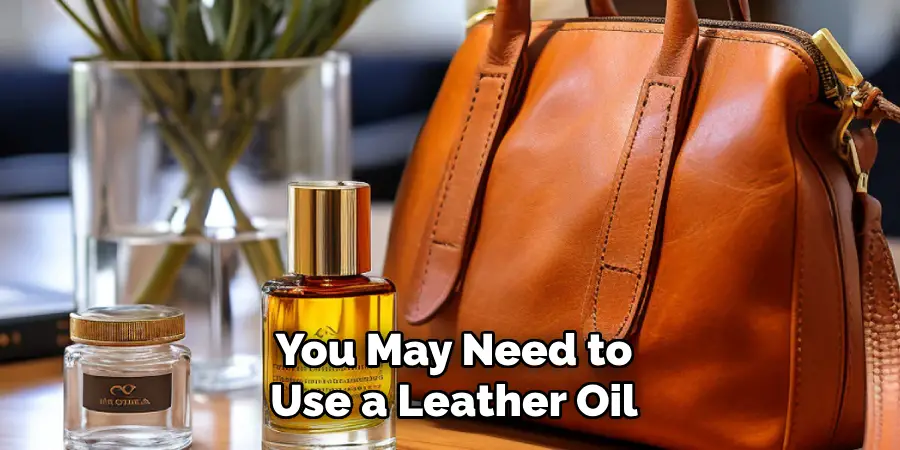
Remember to spot test on an inconspicuous area first to ensure that the oil does not cause any discoloration or damage.
Step 8: Invest in Leather Cleaning Products
Investing in high-quality leather cleaning products can go a long way in keeping your bag in top condition. Look for products specifically designed for your type of leather, whether it’s full-grain, top-grain, or genuine leather. Avoid using general household cleaners, as they may be too harsh and cause damage to the material.
Regularly cleaning your bag with these products will help prevent dirt and oils from building up on the surface, which can lead to cracking over time.
Step 9: Avoid Harsh Chemicals
Harsh chemicals such as alcohol and bleach can strip away the natural oils in leather, causing it to dry out and crack. It’s best to avoid using these types of products near your leather bag or on surfaces where you will place your bag. Always check product labels for any potentially harmful ingredients before use.
If you accidentally spill a chemical substance on your bag, wipe it off immediately with a damp cloth, then condition the area thoroughly.
Step 10: Handle With Care
Lastly, handle your leather bag with care to prevent unnecessary stress on the material. Avoid overstuffing your bag or placing heavy objects inside that can cause strain and weaken the leather. When carrying your bag, try not to hold it by the straps alone, as this can cause them to stretch and eventually break. Instead, support the bottom of the bag while holding onto the straps.
By following these simple guidelines on how to stop leather bag from cracking and regularly caring for your leather bag, you can prevent cracking and ensure that it stays looking beautiful for years to come.
Tips for Maintaining Leather Bags
- Avoid exposing your leather bag to direct sunlight for extended periods.
- Keep sharp objects away from your bag to prevent accidental scratches.
- If you notice any stains or spills on your bag, clean them off as soon as possible using a damp cloth or specialized leather cleaner.
- Regularly rotate and switch out the bags you use to prevent overuse and stress on one particular bag.
- Consider investing in a professional cleaning and conditioning service for your leather bag once or twice a year.
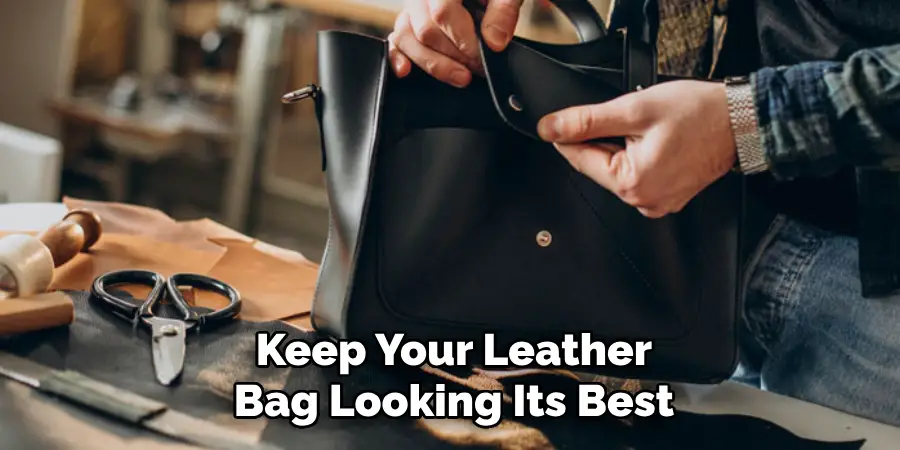
With these tips in mind, you can keep your leather bag looking its best and extend its lifespan for many years to come. Remember, proper care and maintenance are key when it comes to preserving the beauty of your leather goods. So take the time to pamper your leather bag, and it will reward you with timeless elegance and durability.
Frequently Asked Questions
Q: How Often Should I Condition My Leather Bag?
A: It is recommended to condition your leather bag every two months for best results. It’s also important to regularly check the condition of your bag and apply conditioner as needed.
Q: Can I Use Normal Household Cleaners on My Leather Bag?
A: No, it is best to use leather-specific cleaning products to avoid damaging the material. Household cleaners may be too harsh and strip away natural oils, leading to dryness and cracking over time.
Q: What Should I Do if My Leather Bag Gets Wet?
A: If your bag gets wet, gently pat it dry with a soft cloth and let it air dry naturally away from direct heat sources. Avoid using any heat sources or hairdryers to speed up the drying process, as this can cause the leather to become brittle and prone to cracking.
Q: Can I Store My Leather Bag in a Plastic Container?
A: No, it is best to avoid storing your leather bag in plastic containers or bags as they can trap moisture and lead to mold growth. Instead, opt for a breathable dust bag or pillowcase for storage.
Q: How Do I Know What Type of Leather My Bag Is Made From?
A: Check the label or product information that came with your bag, which should specify the type of leather used. If you are unsure, you can also consult with a professional leather cleaner or bring your bag to a specialty store for assistance.
Conclusion
Caring for your leather bag is an investment in its longevity and aesthetics. By following these simple guidelines on how to stop leather bag from cracking—shielding from moisture, storing properly, avoiding extreme temperatures, and using specialized products—you can prevent the leather from drying and cracking. Regular maintenance, such as conditioning and using leather oils, ensures that your bag retains its beauty and usability over time.
Remember, gentle handling and attention to detail not only maintain the bag’s allure but also extend its lifespan, allowing you to enjoy a timeless accessory for years to come.

